In April 2017, members of the Huddersfield branch of the Royal British Legion visited Ypres, Belgium, to see the Last Post Service at the Menin Gate, and to participate in a battlefield tour of the surrounding areas.
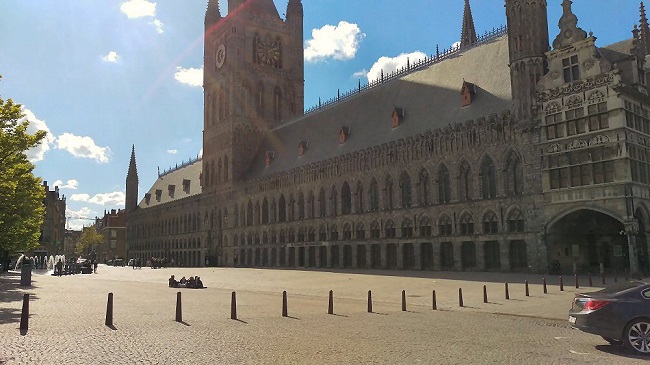
The 'In Flanders' Fields Museum' is a museum in Ypres (Ieper), Belgium, dedicated to the study of the First World War. It occupies the second floor of the Cloth Hall in the market square. The building was largely destroyed by artillery during the war, but was afterwards reconstructed. In 1998 the original Ypres Salient Memorial Museum was refurbished and renamed 'In Flanders Fields Museum' after the famous poem by Canadian John McCrae.
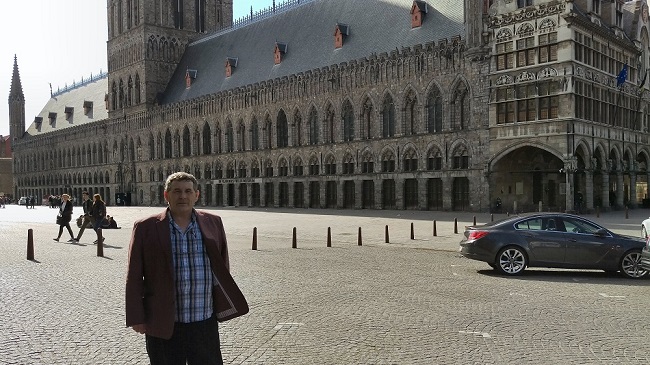
British Legion member, John Tracey, outside 'In Flanders Fields Museum.' The exhibitions inside the museum tell the story of the invasion of Belgium, the first months of the mobilisation, the four years trench war in the Westhoek (from the beach of Nieuwpoort to the Leie in Armentieres), the end of the war, and the permanent remembrance ever since.
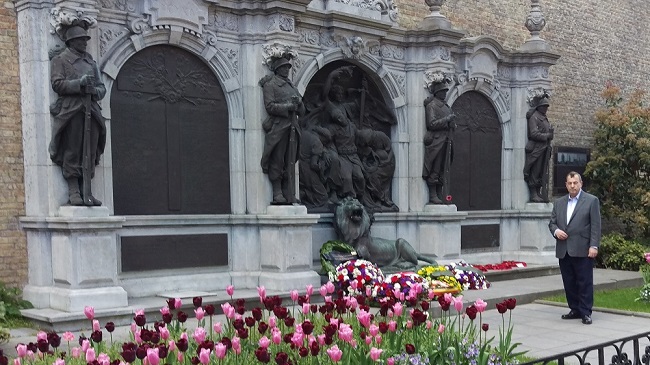
The war memorial in Coomansstraat, the road which runs down the side of 'In Flanders Fields Museum.
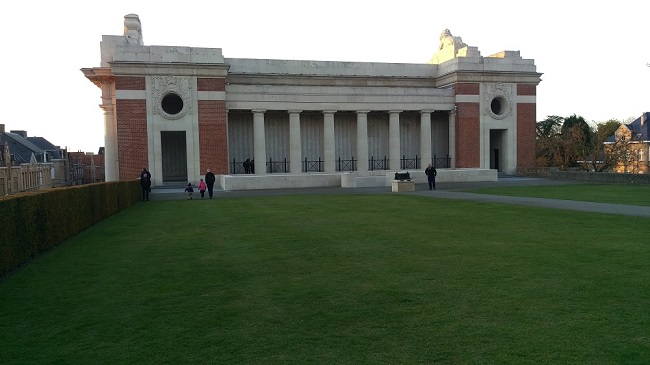
The Menin Gate Memorial to the Missing is a war memorial in Ypres, Belgium, dedicated to the British and Commonwealth soldiers who were killed in the Ypres Salient of World War I and whose graves are unknown. The memorial is located at the eastern exit of the town and marks the starting point for one of the main roads out of the town that led Allied soldiers to the front line.
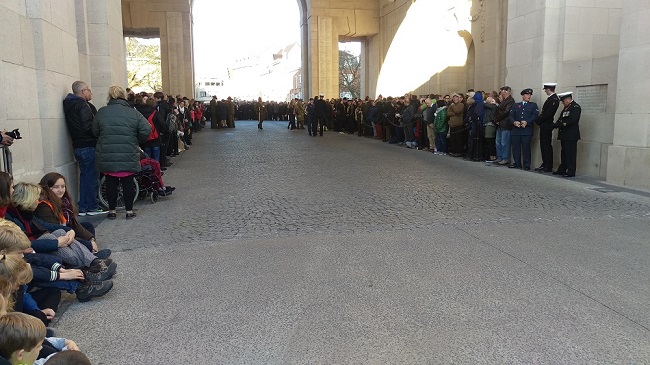
Every night at 8:00 pm a moving ceremony takes place under the Menin Gate. The Last Post Ceremony has become part of the daily life in Ieper (Ypres) and the local people are proud of this simple but moving tribute to the courage and self-sacrifice of those who fell in defence of their town.
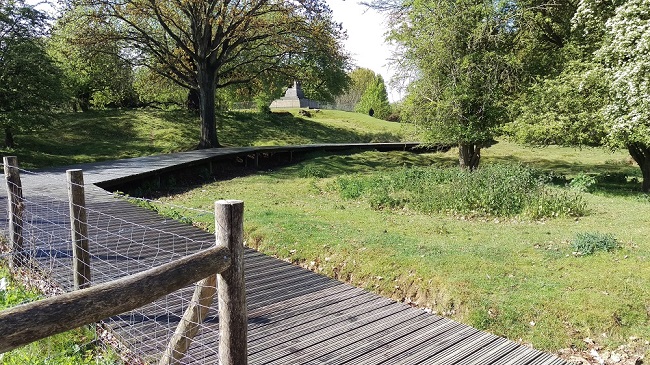
One of the places visited on the Battlefield Tour was Hill 60, a World War I battlefield memorial site and park in the Zwarteleen area of Zillebeke south of Ypres, Belgium. It is located about 3 miles from the centre of Ypres and directly on the railway line to Comines. Before World War I the hill was known locally as Côte des Amants (French for Lover's Knoll). The site comprises two areas of raised land separated by the railway line; the northern area was known by soldiers as Hill 60 while the southern part was known as The Caterpillar.

A brief stop was made at 'The Memorial Museum Passchendaele 1917' in Zonnebeke. This is a Belgian museum devoted to the 1917 Battle of Passchendaele, where in 1917 in only 100 days, almost 500,000 men were killed for only eight kilometers gain of ground.

A visit was also made to Tyne Cot Commonwealth War Graves Cemetery and Memorial to the Missing. This is a Commonwealth War Graves Commission burial ground for the dead of the First World War in the Ypres Salient on the Western Front.
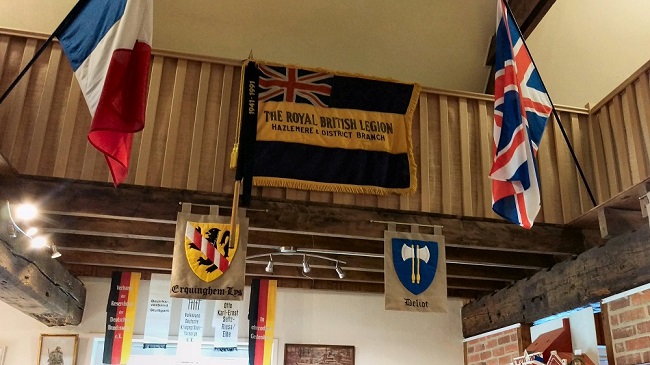
On the journey home a brief stop was made at Erquinghem-Lys in France where our members were able to visit the Cite d'Ercan Museum. The museum staff were proud to show that they have the only Royal British Legion standard in the whole of France.